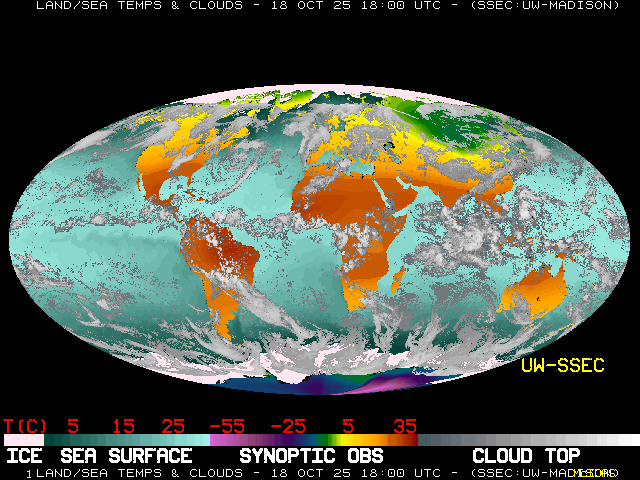A huge dust storm in China’s Taklamakan desert in 2007 generated dust clouds that circled the globe more than once in just 13 days: Study
“Asian dust is usually deposited near the Yellow Sea, around the Japan area, while Sahara dust ends up around the Atlantic Ocean and coast of Africa,” said Itsushi Uno of Kyushu University’s Research Institute for Applied Mechanics.

Taklamakan by NASA World Wind . One of the largest sandy deserts in the world, Taklamakan covers an area of 270,000 km² (three quarters) of the Tarim Basin.
Astronaut Photography of Earth – Display Record – STS059-84-51

Taklamakan Dust Storm.
“But this study shows that China dust can be deposited into the (Pacific Ocean),” Reuters reported him as saying. “Dust clouds contain 5 percent iron, that is important for the ocean.”
“The most important achievement is that we tracked this through one full circuit round the globe, nobody has done this before. After half a circuit, usually the dust concentration gets very low and you can’t track it,” Uno told Reuters.
“This means that dust concentration, dust lifetime is very long, more than two weeks.”
The dust cloud envelope, measuring about 3 km high and 2,000 km long, retained its structure even after it had circled the globe once.
“The reason why the cloud structure was very well maintained was because the dust was uplifted … where the atmosphere is very stable,” Uno said.
Previously …

Dust storm over China’s Taklamakan Desert, on April 14, 2002, from the MODIS Instrument on NASA’s Terra Satellite.
Researches using an atmospheric computer model previously showed that dust from the TaklaMakan desert in China traveled more than 20,000 kilometers over two weeks landing on the French Alps. “Chinese dust plumes have been known to reach North America and even Greenland, but have never been reported before in Europe.” (Source).

A DUSTY PATH FROM CHINA TO FRANCE — The spiked line shows the dust’s 315 hour (13+ days) trip from the TaklaMakan desert in China, circling the world (counterclockwise) and landing in the French Alps on March 6, 1990. The black star is where scientists gathered samples.
Related Links:














